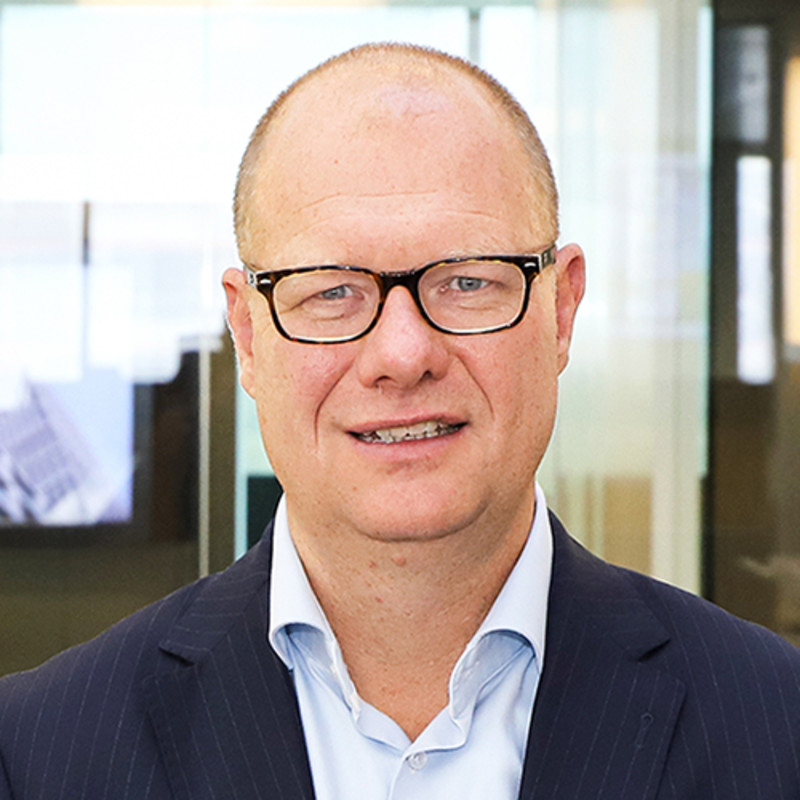Key points
- Concentrated portfolio
- Focuses on cash generative companies with a high return on invested capital and strong sustainabiltiy credentials
- Applies a disciplined approach to valuing companies
About this fund
Robeco Global Stars Equities is an actively managed fund that invests in stocks in developed countries across the world. The selection of these stocks is based on fundamental analysis.The fund's objective is to achieve a better return than the index. The fund has a concentrated portfolio of stocks with the highest potential growth which are selected on the basis of high free cash flow, an attractive return on invested capital and a constructive sustainability profile. The Sub-fund aims at selecting stocks with relatively low environmental footprints compared to stocks with high environmental footprints.
Key facts
| Total size of fund | USD 2,485,470,730 |
| Size of share class | USD 4,588,428 |
| Inception date share class | 21-01-2020 |
| 1-year performance | 15.07% |
| Dividend paying | No |
Fund manager
 Michiel Plakman CFA
Michiel Plakman CFA Chris Berkouwer
Chris Berkouwer Yanxin Liu
Yanxin Liu



